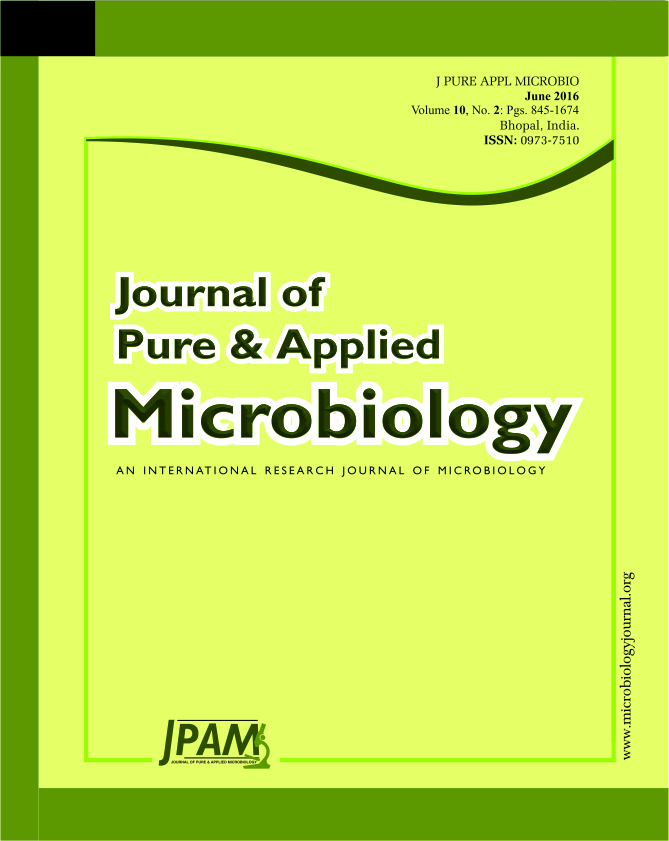Cotton is the most vital role in Indian economy and industrial development. Cotton leaf curl disease (CLCuD) became major problems responsible for decreased productivity during last one and half decade. To find out the role of sowing environment on crop growth indices at different phenological stages, three Bt-cotton hybrids were sown at three different dates of sowings. Late sown crop shows a very poor growth having early occurrence of all phenological stages. Crop growth parameters viz. plant height, dry matter accumulation and LAI were higher in early sown crop as compare to late sown. In diseased plants phenological stages occurred earlier than the healthy plants and showed negative effect on all crop growth indices. Maximum impact of CLCuD on phenological stages occurrence was found at 50% boll formation stage in diseased plants of Pancham-541 in late sown crop. It was also found that effect of CLCuD was less in early sown crop and RCH-791 having some resistant reaction shows less impact of CLCuD. It concludes that early sowing was favourable for a better growth and reproduction of the cotton crop under the CLCuD incidence. RCH-791 may also recommend as best variety among all three for cotton productivity under CLCuD.
Bt-cotton, CLCuD, Early sowing, 50% boll formation.
© The Author(s) 2016. Open Access. This article is distributed under the terms of the Creative Commons Attribution 4.0 International License which permits unrestricted use, sharing, distribution, and reproduction in any medium, provided you give appropriate credit to the original author(s) and the source, provide a link to the Creative Commons license, and indicate if changes were made.


